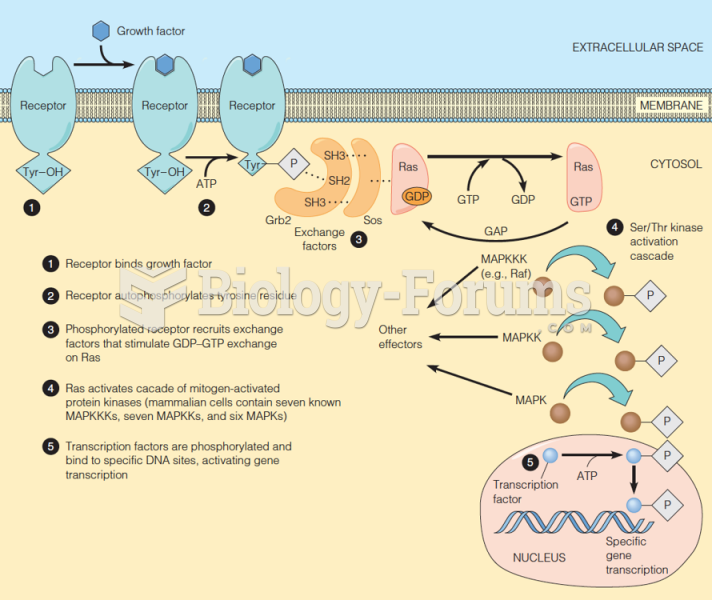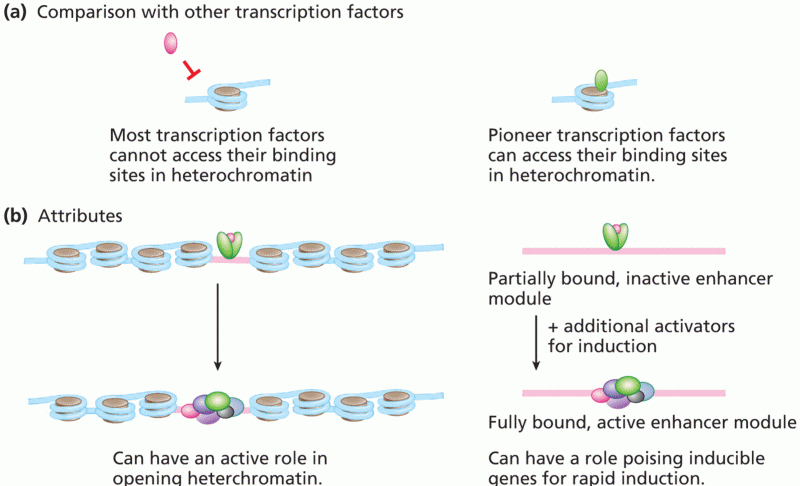Answer to Question 1
Factors that play a role in osteoporosis include:
Age. During childhood, adolescence, and the young adult years, the cells that build bone (osteoblasts) form more bone than the bone-dismantling cells (osteoclasts) take away. With aging, the bone-building cells become less active, but the bone dismantlers continue to work, causing bone tissue and strength to decline.
Gender. Osteoporosis is four times more common in women. Men achieve a higher peak bone mass than women do, and the rate of age-related bone loss is lower in men than in women.
Age-related decline in hormones. Hormones are important in bone health for both men and women. Menopause deprives women of the protective effects of estrogen. Estrogen improves calcium absorption from the intestines and reduces excretion of the mineral by the kidneys. Bone loss accelerates in women for the 5 to 10 years following menopause. The earlier menopause occurs, the greater a woman's risk of osteoporosis. Women who have ceased menstruating (a reliable indicator of reduced estrogen levels) comprise the largest segment of people with osteoporosis. Menopause occurs naturally in women typically between the ages of 45 and 55, but it can occur earlier in life with the removal of diseased ovaries. Risk of osteoporosis increases in men with an age-related decline in testosterone; low testosterone levels increase risk of fractures in men.
Abnormal absence of menstrual periods (estrogen deficiency). Menstruation can also cease in women who overexercise and are underweight, a condition called athletic amenorrhea. For the same reason, eating disorders (anorexia nervosa and bulimia) increase the risk of osteoporosis later in life.
Family history. The greater the history of skeletal fractures of the hips and vertebrae among older relatives, the greater your risk for osteoporosis.
Race and ethnic background. Those of British, northern European, Chinese, Japanese, or Mexican American background, or Hispanic people from Central and South America, are at the highest risk. African American women tend to have denser bones and are at lower risk. Undoubtedly, environmental factorssuch as calcium and vitamin D intakes, physical activity, smoking, body weight, and alcohol intakecan influence the ultimate outcome of one's genetic heritage.
Body build. The smaller the frame and the thinner the person (under 127 pounds), the greater the risk. Petite women have less bone to lose than larger-boned women.
Sedentary lifestyle. Inactivity leads to bone loss.
Smoking and alcohol. Smoking and excessive alcohol intake increase the risk. People who smoke tend to have lower body weights than nonsmokers. Some women smokers have lower levels of estrogen in their blood and experience an earlier onset of menopause compared to nonsmokers. Alcohol decreases the activity of the bone-building cells, interferes with the absorption of calcium, and may increase excretion of calcium from the kidneys. People who abuse alcohol also tend to have poor nutrition status, including low intakes of calcium.
Medical conditions. Certain medical conditions, including type 1 diabetes, thyroid disorders, rheumatoid arthritis, asthma, seizures, and organ transplants, are associated with increased risk, primarily because of the drugs used to treat them. Prolonged use of medications such as thyroid hormone, antiseizure drugs, and the anti-inflammatory drugs (such as prednisone) used to treat asthma, arthritis, and some cancers may reduce calcium absorption, impair bone formation, and accelerate bone loss.
A bone-healthy diet that includes calcium, vitamin D, and other nutrients. Calcium intake early in life affects the attainment of peak bone mass, achieved by about age 30, which may be the most important determinant of the risk of a fracture in later life. Hence, ensuring an adequate calcium intake throughout life appears to be a sensible strategy. Adequate intake of vitamin D is required for the absorption of calcium. Many older adults, who typically have lower intakes of vitamin D and reduced ability to synthesize the vitamin from sunshine, absorb less calcium as they age.
Answer to Question 2
D






